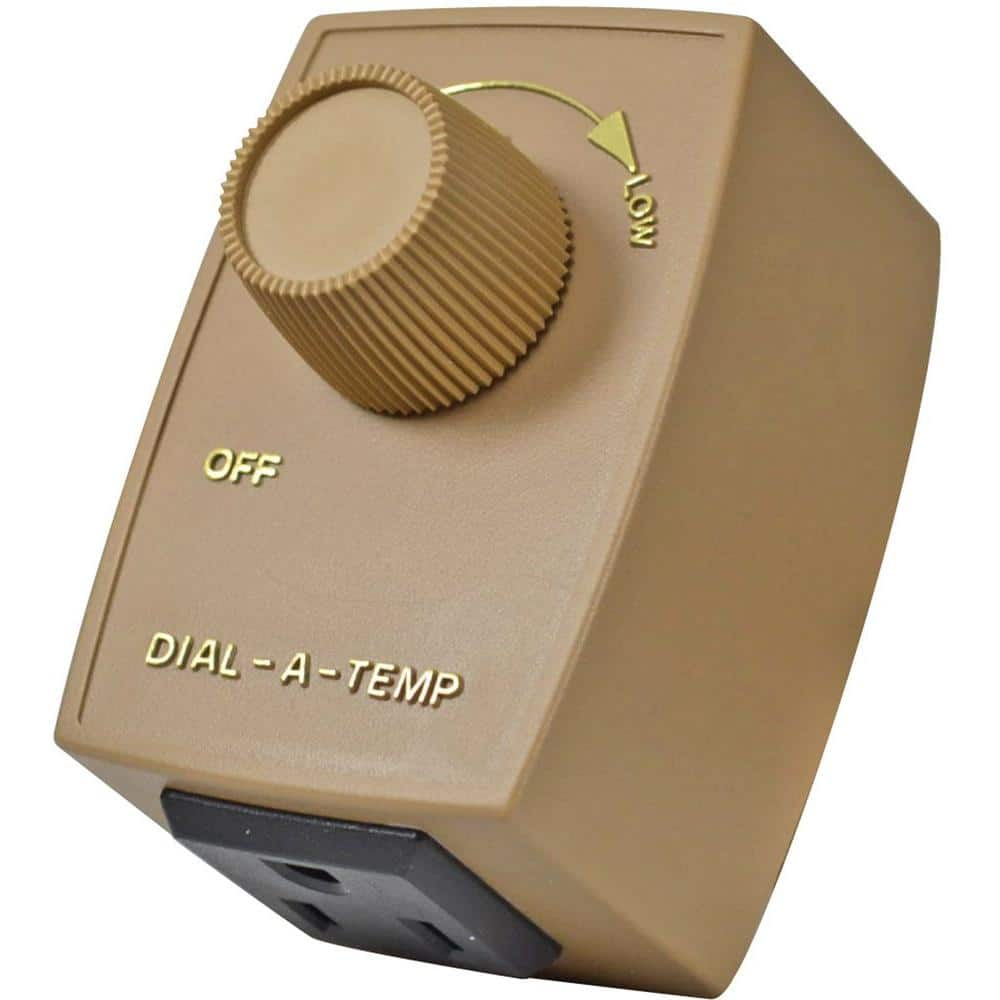Tereci
Member
- Location
- California
- Occupation
- Software Engineer
Hi,
I am very much a newb when it comes to electronics but I like to fix old lapidary equipment and sometimes need to learn new things
I have an AC gear motor used as a feed motor on a lapidary saw (it feeds the rock to the blade). The motor is marked Brevel products model F. Counting the rotations it seems to be 5.5RPM - which is way to fast and causes the blade to stall on hard material.
I was thinking of buying a new slower motor like 4RPM Dayton 52JE17 but it might be still too fast and I cannot find a compatible 3RPM version.
I read somewhere that it might be possible to hook up speed control to the motor - and basically have a variable speed motor that way. That would be absolutely amazing - as I could set a different speed based on the material that is being cut - but I am not sure if it's true and where to start looking.
Do you know if and what type of speed control could one use with such a motor?
Thank you,
Tereza.
I am very much a newb when it comes to electronics but I like to fix old lapidary equipment and sometimes need to learn new things
I have an AC gear motor used as a feed motor on a lapidary saw (it feeds the rock to the blade). The motor is marked Brevel products model F. Counting the rotations it seems to be 5.5RPM - which is way to fast and causes the blade to stall on hard material.
I was thinking of buying a new slower motor like 4RPM Dayton 52JE17 but it might be still too fast and I cannot find a compatible 3RPM version.
I read somewhere that it might be possible to hook up speed control to the motor - and basically have a variable speed motor that way. That would be absolutely amazing - as I could set a different speed based on the material that is being cut - but I am not sure if it's true and where to start looking.
Do you know if and what type of speed control could one use with such a motor?
Thank you,
Tereza.






